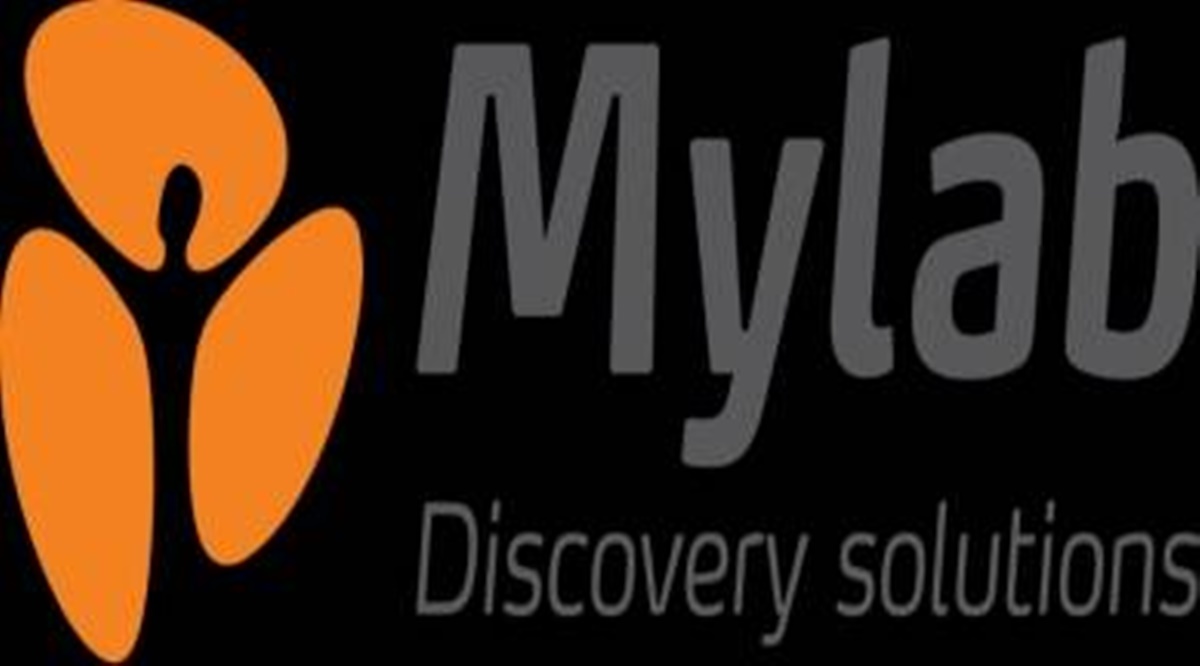PCR reagents are an essential part of genetic analysis in plant biology. They are used to extract and amplify DNA, which is then studied to understand various aspects of plant growth, development, and adaptation. One such PCR reagent is the Sigma REDExtract-N-Amp Plant PCR Kit, which is widely used for DNA extraction from plant samples. In this blog, we will explore the composition of the extraction and dilution solutions of the Sigma REDExtract-N-Amp Plant PCR Kit and how they can be used in a simple experiment with homemade Taq.

Composition of the Extraction and Dilution Solutions
The Sigma REDExtract-N-Amp Plant PCR Kit contains a lysis solution, which is used to disrupt cell membranes and release DNA from plant tissues. The lysis solution contains a combination of detergents, salts, and chaotropic agents, which work together to create a harsh environment that dissolves the cell walls of plant cells. Once the cell walls are broken down, the DNA is released into the solution, where it can be easily extracted.
The dilution solution, on the other hand, is used to dilute the extracted DNA, making it easier to work with in downstream applications such as PCR amplification. The dilution solution contains a mild buffer, which helps to stabilize the DNA and maintain its integrity during dilution.
Using Homemade Taq with Sigma REDExtract-N-Amp Plant PCR Kit
Now that we have an idea of what the extraction and dilution solutions contain, let's look at how they can be used in a simple experiment with homemade Taq. Homemade Taq is a cost-effective alternative to commercially available Taq polymerase, which is used in PCR amplification. It can be easily prepared from E. coli cultures and can be used in amplification reactions with high efficiency.
To use homemade Taq with the Sigma REDExtract-N-Amp Plant PCR Kit, first extract DNA from a plant sample using the lysis solution. Once the DNA is extracted, dilute it using the dilution solution to a suitable concentration for PCR amplification. Prepare the PCR reaction mix, which should contain homemade Taq, forward and reverse primers, template DNA, and dNTPs. Then, run the PCR amplification and analyze the products by gel electrophoresis.
Conclusion
The Sigma REDExtract-N-Amp Plant PCR Kit is an important PCR reagent for plant analysis. Its extraction and dilution solutions contain specific compositions of detergents, salts, and chaotropic agents that work together to extract DNA from plant tissue and make it easier to work with in downstream applications. Using homemade Taq with this kit is a cost-effective alternative to commercially available Taq polymerase and can be easily prepared from E. coli cultures. Overall, this kit provides a simple and effective means of DNA extraction and analysis for plant biologists.